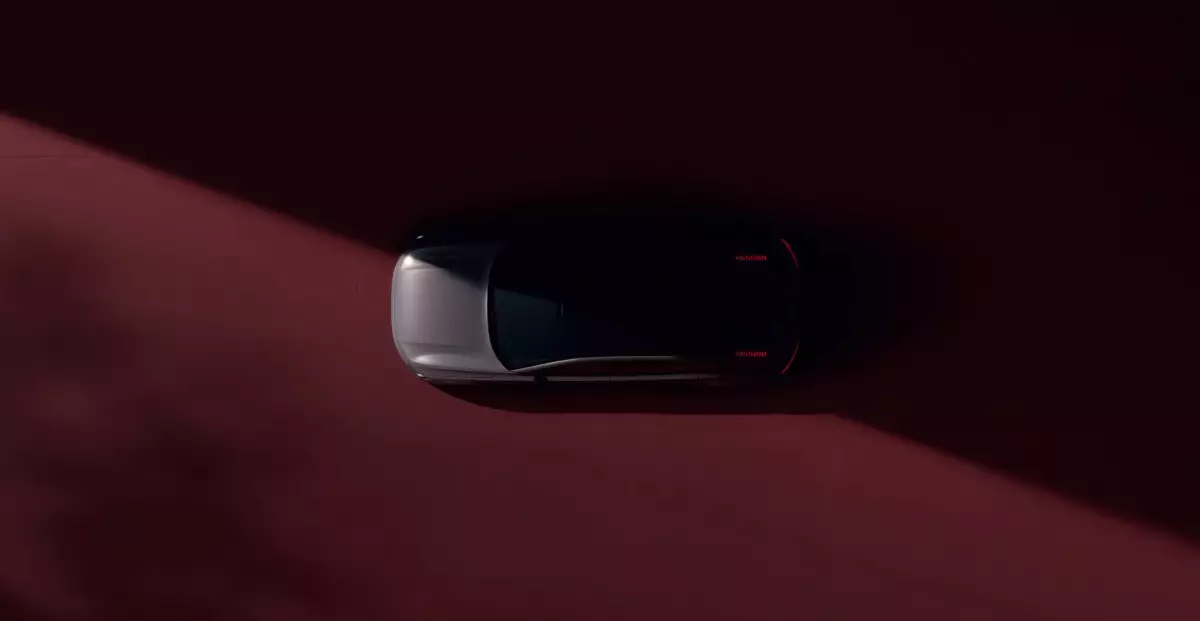Volvo’s upcoming electric vehicle, the ES90, represents a towering ambition in the automotive world—a plan fueled by cutting-edge technology and a vision for a transformative future. Positioned as a midsized luxury sedan, the ES90 is not merely an enhancement of Volvo’s already impressive electric offerings but a major leap forward, grounded in the company’s robust Superset tech stack. This revolutionary architecture consolidates all essential modules and functionalities that will pave the way for the electric vehicles of tomorrow.
Powering Intelligence: Nvidia’s Dominance
At the heart of the ES90 lies an extraordinary computing capability, courtesy of its dual Nvidia Drive AGX Orin configuration. This impressive supercomputer is touted as the most advanced internal system that Volvo has ever engineered, bringing with it a capacity to perform a staggering 508 trillion operations per second (TOPS). Such capability is fundamental for managing complex systems integral to modern automobiles, such as artificial intelligence (AI)-driven safety features, enhanced vehicle sensors, and efficient battery management systems. The utilitarian aspect of this processing power is that it heralds a new era where cars do not just drive but think and adapt intelligently to their environment.
The Superset tech stack represents a unified platform for all of Volvo’s future models, serving as a modular engineering solution that emphasizes safety, efficiency, and constant improvement. This platform empowers the ES90, alongside the EX90, which is the first model utilizing this architecture. Particularly noteworthy is how the Superset allows for over-the-air software updates, facilitating ongoing enhancements throughout the vehicle’s lifecycle. The notion of a connected car, once innovated by companies like Tesla, is now a significant component of Volvo’s strategy. However, the challenges surrounding software reliability that affected previous models illustrate the complexity of adapting such revolutionary technology to established manufacturing processes.
Learning from Experience: The Road Ahead
Volvo’s trajectory with the ES90 marks a continued commitment to harnessing AI and machine learning within vehicles, facilitating an expansion of their deep learning model. The jump from 40 million parameters to an ambitious 200 million signifies an unprecedented ability to learn and adapt, tailoring the driving experience to user behavior and preferences. In practical terms, this means that the vehicle could refine its autonomous driving features and safety measures continually, bridging the gap between initial promise and realized performance.
Despite ambitious plans, there are still lingering concerns regarding software stability and feature fulfillment in Volvo’s vehicles. The EX90 faced significant delays due to software mishaps, which served as a reminder that ambition must also be tempered by practical reliability. Customers are increasingly skeptical, with many expecting performance enhancements and new features in return for their investment. As Volvo works towards establishing the ES90’s reputation, it must earn consumer trust by delivering on its promises of superior technology and an unrivaled user experience.
With the ES90, Volvo is positioning itself at the forefront of the electric vehicle revolution. By integrating advanced computing capabilities with a versatile tech stack, the company aspires to redefine what it means to drive a vehicle. As technology continues to evolve, the promise of enhanced driving capabilities, safety, and efficiency becomes increasingly tangible. However, success will demand meticulous attention to the execution of innovation, ensuring that each car not only meets consumer expectations but sets a new standard in automotive excellence. The ES90 may well encapsulate the future of mobility, but delivering on its potential will be the ultimate test of Volvo’s engineering prowess and vision.

